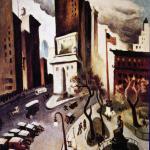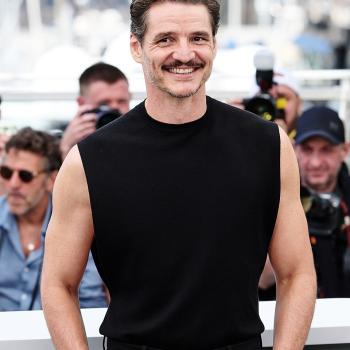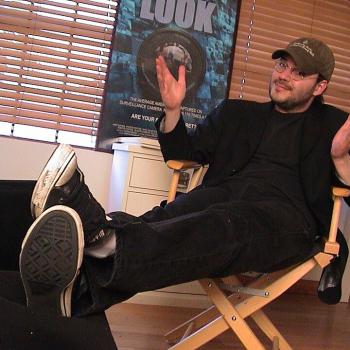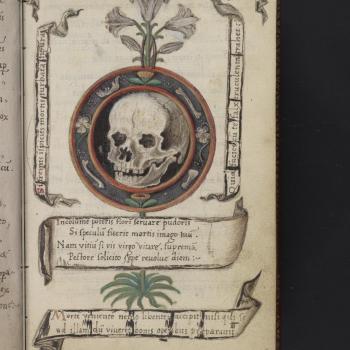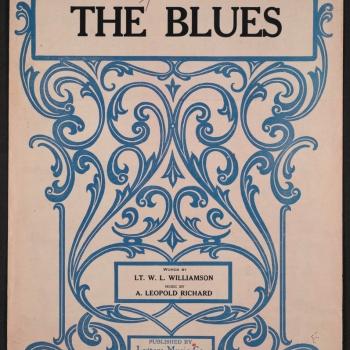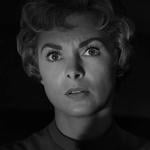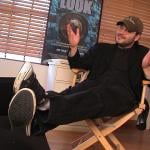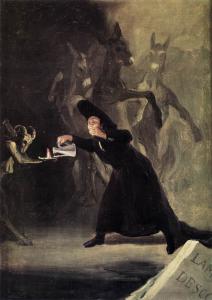
Bewitched by Cropsey? Maybe.
Source: Wikimedia
Public Domain
When I went to summer camp in New Jersey in the late 90s and 2000s, we heard about Cropsey. The legend left only a broad impression—a man, a fire, a daughter, the woods. We learned the story on Initiation Night, when the oldest campers slept over in the woods behind what we so-lovingly called “The Pavilion,” a large wooden bandstand with a roof, surrounded by forest on one side and a large grassy field on the other. Many of us had been going to that camp for most of our lives at that point; the legend of initiation promised to unveil secrets. One such mystery was the tale of Cropsey, shared while making smores around a gigantic bonfire doused in lighter fluid. The other was the initiation itself, foretold only by screams from those led across the Pavilion and into the field.
I recall the details of the latter clearly. Cropsey’s story is murkier, which is entirely sensible. His “job” was to scare us. The details didn’t matter. All he needed to do was form a cloud of terror in our minds— the more nebulous the better.
Joshua Zeman and Barbara Brancaccio’s Cropsey (2009) understands this fact both concretely and abstractly. On the surface, it explores the possibility that Andre Rand, a former worker at the deeply abusive Willowbrook State School on Staten Island, NY who later lived (with other former employees) in tunnels under the facility, might be the source for the legend. Rand’s mother lived in a mental institution like that seen in the horrifying Frederick Wiseman documentary Titicut Follies (1967). Already convicted of child abuse, Rand makes the perfect suspect in a spate of kidnappings from the 70s and 80s. Did he do it?
Cropsey won’t answer that question because it can’t. That alone constitutes candor and thoughtfulness rarely seen in the age of the Netflix true crime series. Nothing is left out here; the fact is that we just don’t know.
The movie’s form exploits this fact, coming across more like a horror movie with archival footage than a scintillating gorefest. Like the Cropsey legend itself, it becomes scary once the lights are off and you’re tucked in bed. The filmmakers create an atmosphere horrifying not in the details of murders (only two bodies are found), but in what would otherwise be ancillary signs—graffiti in tunnels, soft soil, unfocused eyes topping a drooling mouth, cars driving a little too slowly.
In this sense, Cropsey strikes me as the unmasking of the ever-growing true crime industry. I say that as a fan, at least in the abstract. I love horror movies; I am fascinated by the macabre. I understand the whole Rob Zombie impulse. But too often the industry ends up venerating these killers, not overtly like a letter writer to Richard Ramirez, but more broadly, by being fascinated by their bizarreness. The things these (mostly) men do are so strange, so utterly inhuman that they command our attention. But anyone who has taken in enough about serial killers knows that, in fact, they are often boring. John Wayne Gacy and Dennis Rader were both petty tyrants with no self-awareness whatsoever. Ed Kemper had mommy issues. Peter Sutcliffe hated women; “the Yorkshire Ripper” exceeded simple misogyny. In a way, their simplicity is part of what allows them to turn to killing so compulsively. Typical human complexity disallows serial killing.
Zeman and Brancaccio’s film gets behind this mystique to show us that the nebulous is the truly terrifying. Once we’ve seen the monster’s face, it’s less of a monster (hence, the Golden State Killer would scream “don’t look at me!”). If Rand is guilty, the legend he has become will have struck more fear in the hearts of children than the crimes he has committed.
Cropsey lets our imaginations run wild, providing just enough visual detail to feed the darker parts of our psyche, the parts that fear the unknown, that want the truth but can’t have it. In those shadows, like those of Willowbrook or Bridgewater, reside the true horrors of our existence—the sites of abuse and terror we’d rather forget, pushed back into the very shadows that gave them birth. They lurk, incomprehensible, but half-understood, like an auditory hallucination. Cropsey the legend stands in for all that must be discarded in fact and in our imaginations. Rand may die in jail, but the fear lives on.


